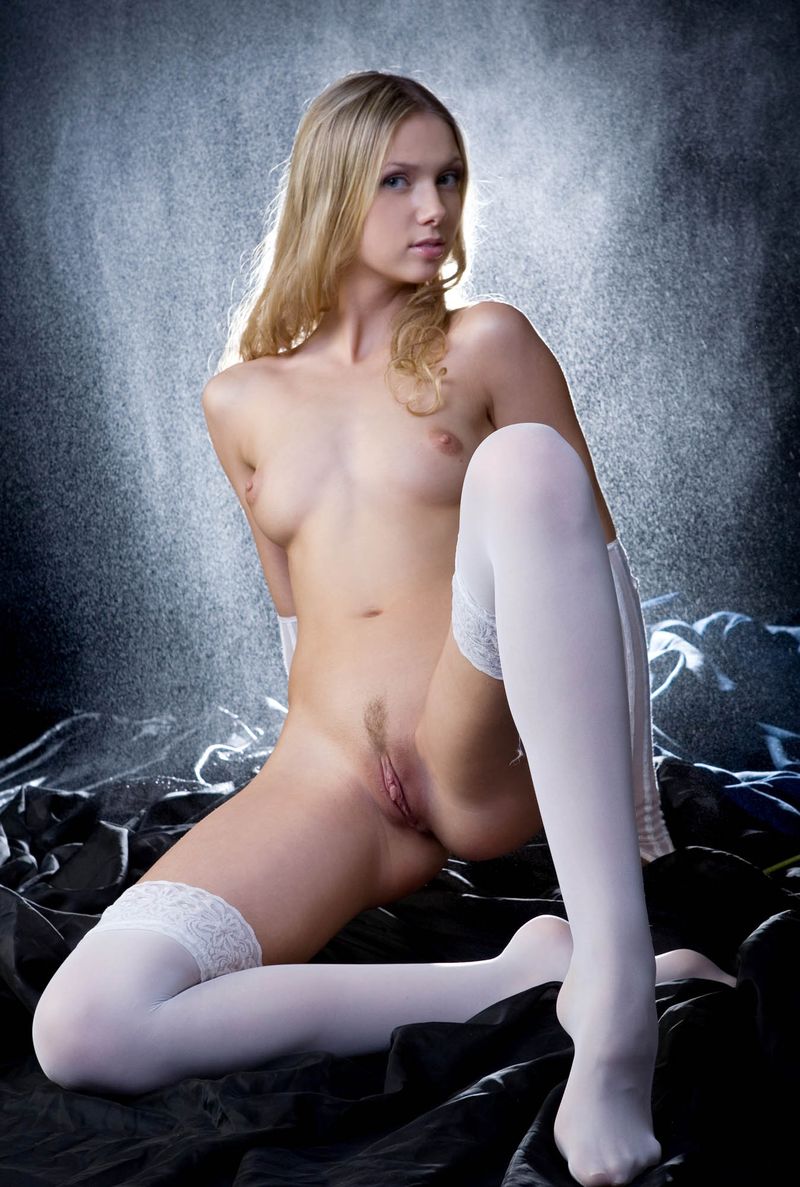|
|
Cute Young Blonde Girl Wearing White Hold-ups And Evening Gloves With A Flower In The Studio
|
History
While the etymology of the term opera glove is unknown, gloves of above-the-elbow length have been worn since at least the late 18th century, and gloves reaching to or just below the elbow have been worn by women in Western countries since the 17th century (there is an engraving of England's Queen Mary dating from the 1690s in which she is shown wearing elbow-length gloves). Over-the-elbow gloves were first widely popular during the Regency/Napoleonic period (circa 1800–1825), and waned in popularity during the early and mid-Victorian periods (circa 1830–1870), but enjoyed their greatest vogue in the last two decades of the 19th century and the years of the 20th century prior to the start of World War I. During that period, they were standard for both daytime and evening wear with most types of outfits—even some swimming outfits of the period were accessorized with opera gloves. Etiquette of that period considered gloves to be mandatory accessories for both men and women of the upper classes, so it was fairly uncommon during that era to see a well-dressed woman at a public occasion who was not wearing gloves of some sort. According to several fashion historians, over-the-elbow gloves were popularized, or more accurately re-popularized, during the late 19th century by the renowned actresses Sarah Bernhardt in France (who liked wearing long gloves to disguise what she considered her overly thin arms) and Lillian Russell in the United States.
The opera glove has enjoyed varying popularity in the decades since World War I, being most prevalent as a fashion accessory in the 1940s through the early 1960s (long gloves were an important accessory of Christian Dior's "New Look" designs), but continues to this day to be popular with women who want to add a particularly elegant touch to their formal outfits, and have enjoyed minor revivals in fashion design on several occasions in recent years (they were very prominent, for example, in haute couture collections for the fall/winter 2007 season). Opera gloves continue to be popular accessories for bridal, prom, and debutante gowns and at very formal ballroom dances (to this day, for example, it is mandatory for female participants at the Vienna Opera Ball to wear white opera gloves) and are often worn by entertainers such as can-can dancers and burlesque performers (particularly to perform a gown-and-glove dance). In popular culture, probably the two best-known images incorporating opera gloves are those of Rita Hayworth in "Gilda" (1946) and Marilyn Monroe in Gentlemen Prefer Blondes (1953). (Actress Audrey Hepburn was also known for glove-wearing on- and off-screen, but the style of glove she popularized is a type of coat-sleeve-length or three-quarters-length glove, rather than true opera-length.)
|
|









